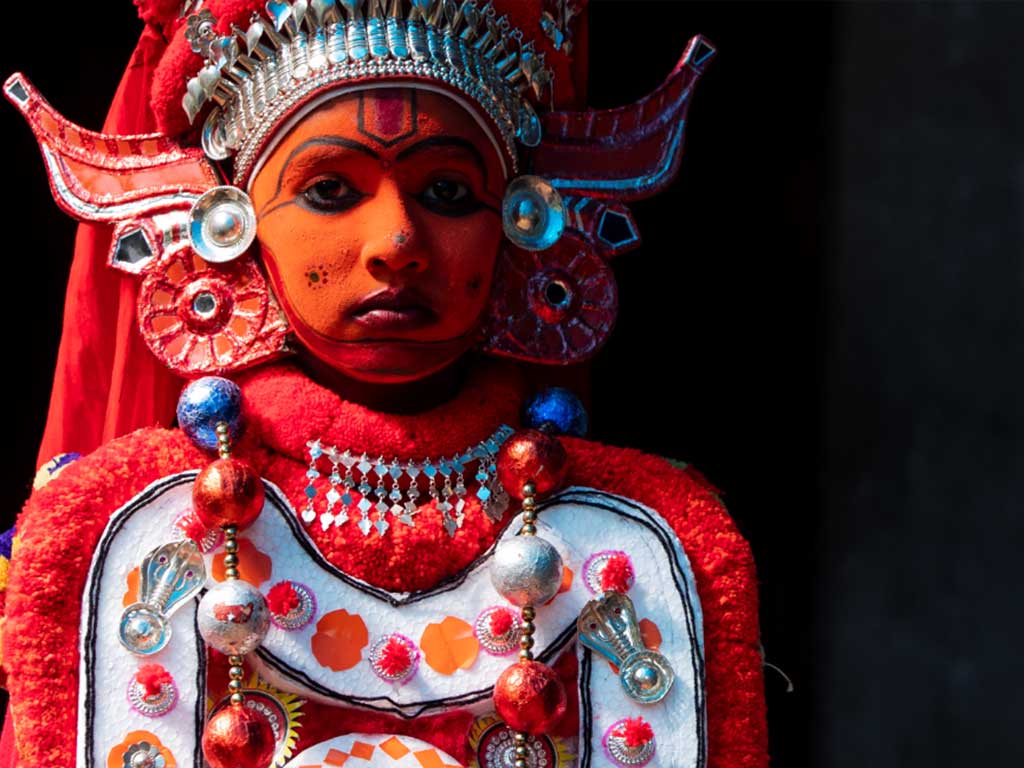Anantheshwara Vinayaka Temple, Madhur
The Madhur Ganapathy Temple is another major pilgrim attraction in Kasaragod. It is situated in a picturesque landscape eight km north-east of Kasaragod. The temple’s architecture is magnetic enough to hold the attention of any travellers. The Madhuvaahini (Payaswani) river flows just in front of the temple. The imposing legends about this temple made it popular among the people ages ago.
History References of this ancient temple can be seen in the Skanda purana and Brahma purana. The present structure of the temple was built following the layout of Sree Mahalingeswara temple, Adoor and dates back to the tenth century. Legend has it that the idol of the temple was found by a Dalit woman, by name Madaru. Once she accidentally stuck her sickle on a sila of Lord Shiva (idol in rock) and it started bleeding. Frightened she reported this incident to the ruler of that place. He in turn asked her to hurl her sickle towards the eastern side with great faith. To her astonishment the sickle fell beyond her expectation on the western bank of the Payaswani River. The ruler found there a tiger and cow grazing together peacefully and he became convinced of the sanctity of the land. The ruler ordered for the consecration of the idol at this sacred place. The place was named Madoor considering the munificence of Lord Shiva to Madaru. The river Payaswani later came to be known as Madhuvaahini meaning the river containing the essence of spirituality.
Though Lord Shiva is the main deity the idol of Lord Ganapathy is more famous. There are many stories related to the installation of the idol of Lord Ganapathy. It is often associated with the myths relating to the Shiva Yajna conducted by great seers. During the yajna a heavy rain came and interrupted it. The seers realized their fault in not propitiating Lord Ganesha. The sages soon painted a picture of him on the north-eastern wall of the mahaprasaada sreekovil. To the surprise of the people the picture started growing horizontally and almost touched the ceiling of the side rooms. Devotees prayed for him to restrict the further growth. Ganesha was pleased with them and stopped growing horizontally and instead started growing vertically.
In 1784 Tippu Sulthan attacked the place and he planned to ransack the temple. Tippu struck the western roof with his sword. But once he took the theertha jala (the holy water) from the temple he became calm and he left the temple without attacking. The deep cut made by his sword is still kept as a historical monument.


 Mallikarjuna Temple
Mallikarjuna Temple